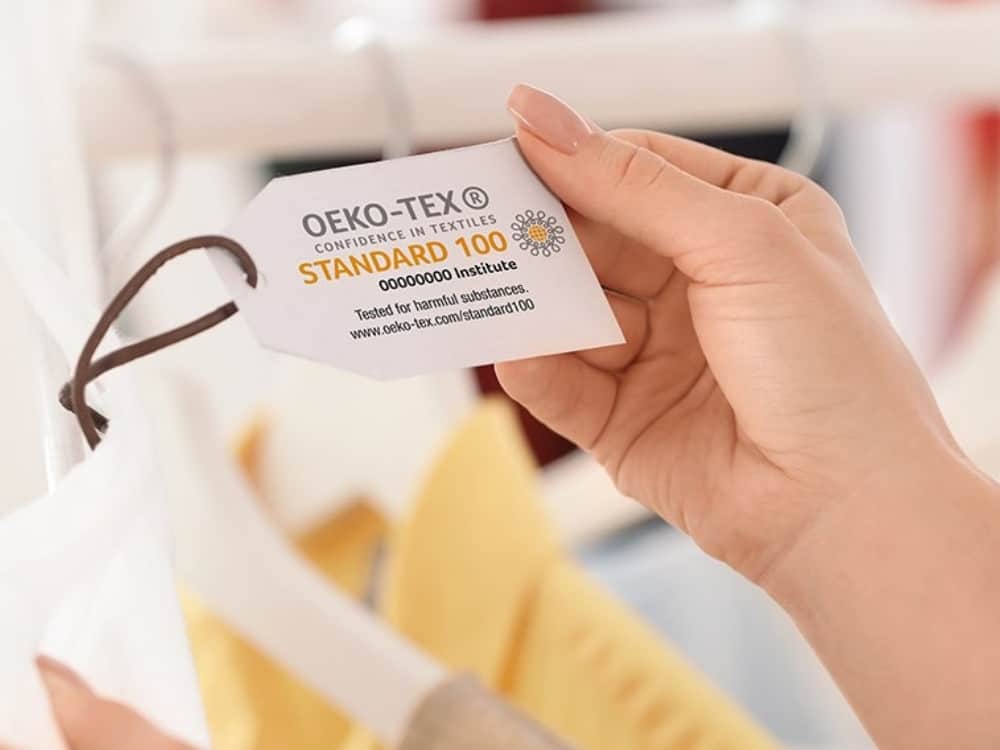
What Is OEKO-TEX Certification & Can You Rely On It?
Feeling overwhelmed by sustainability certifications?
You’re not alone.
The plethora of acronyms and abbreviations—like BCI, GOTS, bluesign® Approved, Global Recycle Standard, Fair Trade, and many more—are enough to make any label reader’s head spin.
Are these new certification schemes a good thing?
Assuming they’re legit and you know what they stand for, sure. Then certifications give us comfort by telling us something about a product or brand but also importantly that it’s verified by independent, third-party sources.
OEKO-TEX® is one of these certifications you’ve almost certainly heard about, but what is OEKO-TEX and can you rely on its standards?
It’s a certification for textile and leather products that verifies their chemical safety.
Now let’s look at what that means, the OEKO-TEX® standards, whether we can rely on it, and how it compares to other sustainable fabric and material certifications.
OEKO-TEX Certification, Standards & Reliability
1. What Is OEKO-TEX Certification?
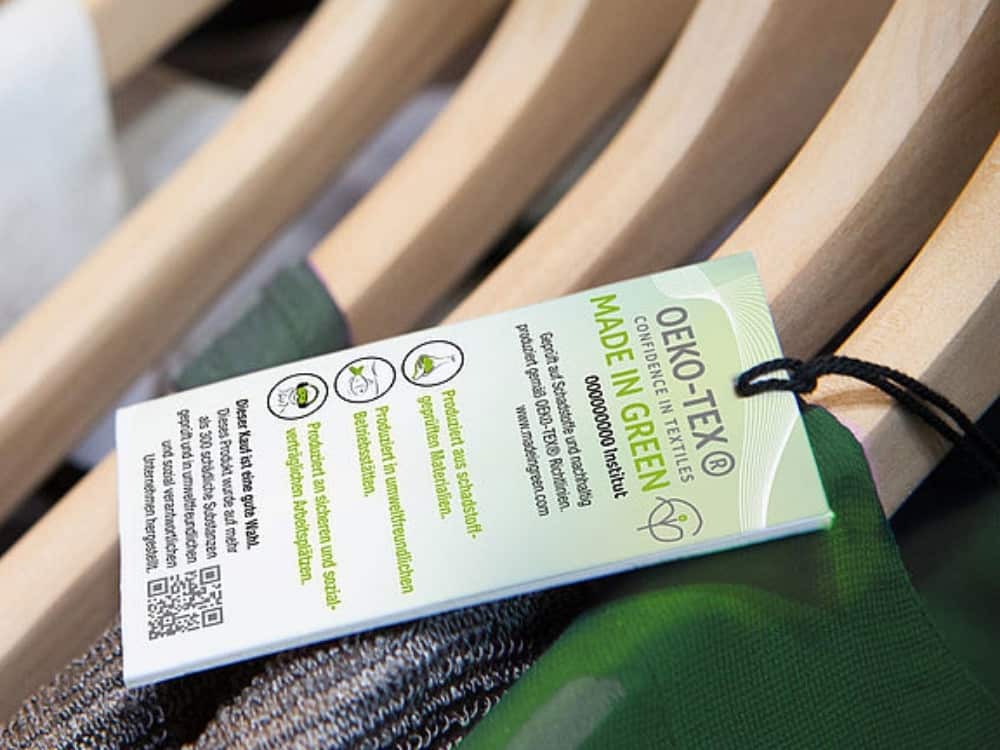
So, what does OEKO-TEX certification mean, exactly?
Let’s start at the beginning.
OEKO-TEX® is code for the International Association for Research and Testing in the Field of Textile and Leather Ecology—which is a mouthful.
It was founded by the German Hohenstein Institute and the Austrian Textile Research Institute (OETI) over 30 years ago.
Today, the organization is made up of 17 independent institutes in Europe and Japan with 70 contact offices around the globe.
What does OEKO-TEX do?
It issues various product-related certification labels that we’ll dive into below.
The most well-known of these is the STANDARD 100, which tests textile items for a range of chemicals and certifies those that are safe for use.
Chemical certification is hugely important when we consider the chemical cocktails present in modern clothing and textiles—think azo dyes, formaldehyde, pesticides, and phthalates.
We need to know which products are safe for ourselves and our families and that the certifications telling us this information are meaningful and trustworthy.
2. What Are The OEKO-TEX Standards?
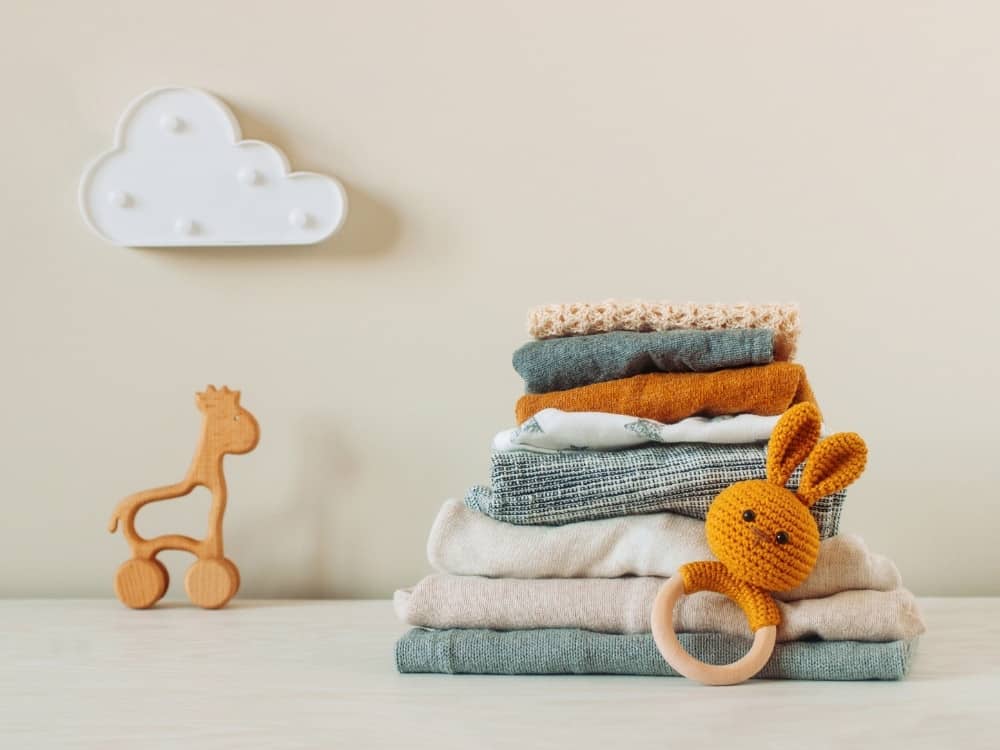
STANDARD 100 by OEKO-TEX®
OEKO-TEX® STANDARD 100 is the best known standard of them all.
You’ve probably come across it when scanning clothing and shoe labels and home textile descriptions.
So what is the OEKO-TEX STANDARD 100 exactly?
If an item has the Standard 100 label, it means every component of the product—including buttons, linings, threads, trims, and zips—has been tested against a long list of harmful substances and found safe for human health.
The test covers over 100 regulated and non-regulated substances including azo dyes, formaldehyde, heavy metals, pesticides, and PVC (the most toxic type of plastic).
The list is updated at least once a year following new scientific findings and legislation.
Products are divided into four product classes:
- Baby products (Class I)
- Products with direct contact with skin (Class II)
- Products without direct contact with skin (Class III)
- Decoration Material (Class IV)
Depending on which class a product is in, different limits/concentrations of chemical substances are allowed. The most strict is baby products, with higher concentrations allowed as you move down the categories.
LEATHER STANDARD by OEKO-TEX®
The LEATHER STANDARD by OEKO-TEX® is the equivalent of the STANDARD 100 for leather and leather products.
It covers items at all levels of production including leather materials, leather clothing, and leather accessories.
As with the STANDARD 100, all components of an article are tested including buttons, prints, sewing thread, and zips.
MADE IN GREEN by OEKO-TEX®
MADE IN GREEN by OEKO-TEX® is a traceable product label for products that have been “manufactured using environmentally friendly processes and under socially responsible working conditions”.
It goes beyond the STANDARD 100 and the LEATHER STANDARD (which are only concerned with product safety) by bringing in social and environmental responsibility as well as traceability and transparent supply chains.
The STANDARD 100 and LEATHER STANDARD are a prerequisite to gaining the MADE IN GREEN label. Production facilities also need to be certified by STeP by OEKO-TEX®.
A bonus for the consumer is that you can track the supply chain journey of MADE IN GREEN labeled products by scanning the QR code on the tag or entering the unique product ID in the OEKO-TEX® Label Check.
This will bring up details about the country and manufacturer where the item was made.
STeP by OEKO-TEX®
Sustainable Textile & Leather Production (STeP) is a modular certification system covering the entire textile and leather production chain.
It goes beyond the STANDARD 100 and the LEATHER STANDARD (which are not ecological or social standards), to provide a certification that takes into account the following 6 modules:
- Chemical management
- Environmental performance
- Environmental management
- Social responsibility
- Quality management
- Health protection and safety at work
To obtain it, a brand must legally sign a Code of Conduct committing to all of the above.
The goal is to “implement environmentally friendly production processes in the long term, to improve health and safety and to promote socially responsible working conditions at production sites.”
Manufacturers from all processing levels must be certified, from fiber manufacturing (spinning and weaving), through dyeing and finishing of textile products.
ECO PASSPORT by OEKO-TEX®
ECO PASSPORT by OEKO-TEX® is an independent certification for chemicals used in the textile and leather industries.
Each individual ingredient of a chemical product is analyzed and tested for harmful substances.
OEKO-TEX® updates the banned substances list and permitted amounts once a year based on the latest evidence and legal requirements.
3. How To Verify An OEKO-TEX Certification
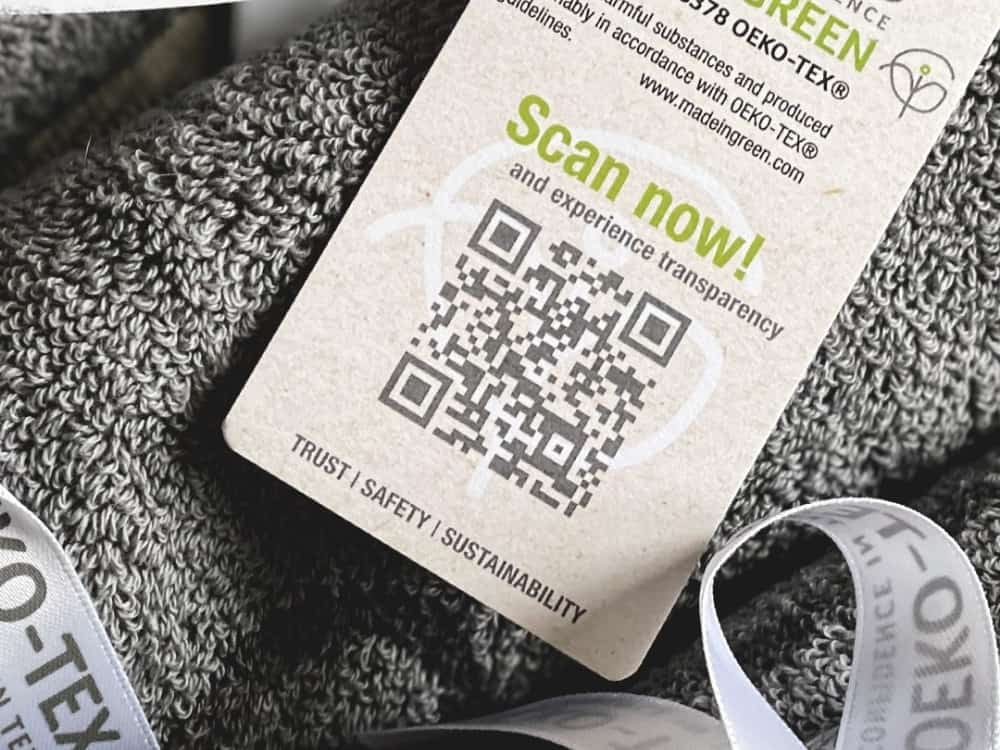
Wondering how to verify an OEKO-TEX certification?
Fortunately, it’s far more straightforward learning how to read clothing labels in general.
You can check whether an OEKO-TEX® label is genuine by using the OEKO-TEX® Label Check tool.
Simply enter the details from your OEKO-TEX® label (watching out for case-sensitive characters) and the Label Check will let you know if the certification is legitimate.
Reach out to OEKO-TEX® if the number doesn’t show up.
4. How Reliable Are The OEKO-TEX Standards?
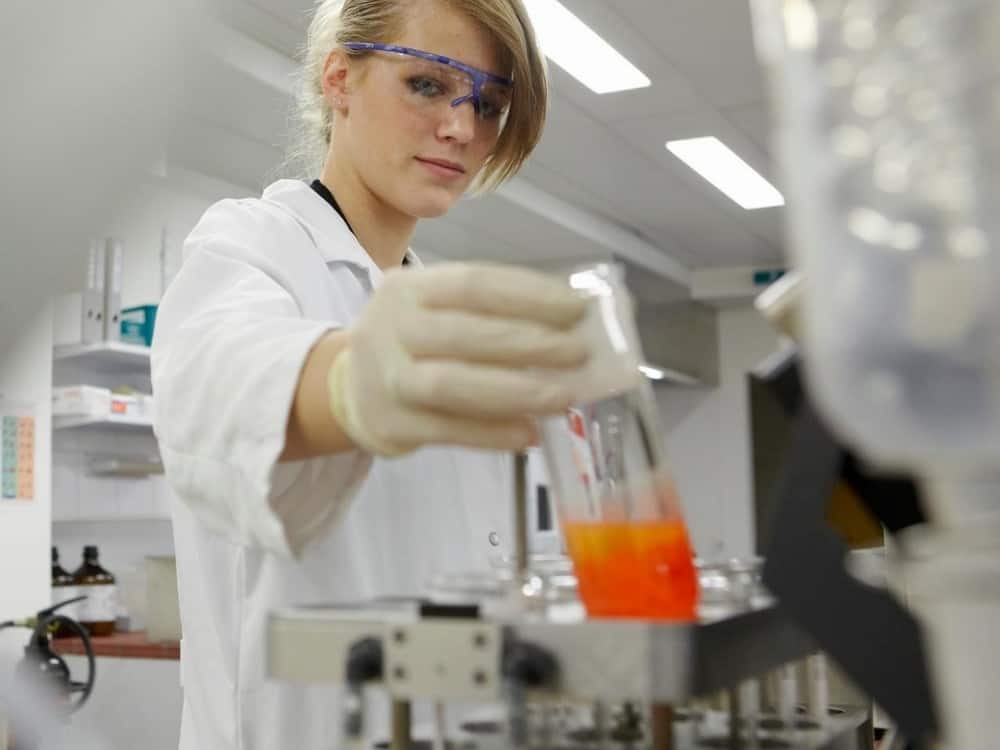
As conscious consumers, we want to know if we can rely on OEKO-TEX certifications and other labels like B Corp, if they’re trustworthy, otherwise, there’s no point, right?
In order to assess the credibility of certifications, we need to look at the organizations behind them, and how the certification is carried out. What we’re really looking for is third-party verification by independent bodies.
OEKO-TEX® is a well-established organization and crucially, they rely on independent certification bodies to test products using their criteria.
There are 17 independent institutes in Europe and Japan with contact offices across the globe that first perform lab tests to determine the non-toxicity of products, followed by a mandatory on-site visit.
The STANDARD 100 certification is valid for one year, meaning companies must retest products every single year to recertify.
Each of these auditing institutes are themselves audited every three years by the Secretary General of OEKO-TEX® for quality assurance.
OEKO-TEX® also publishes an annual report, now complete with an impact calculator for the entire organization.
Checks and balances like these are critical to maintain an impartial standard across the market.
5. OEKO-TEX vs GOTS: What’s The Difference?
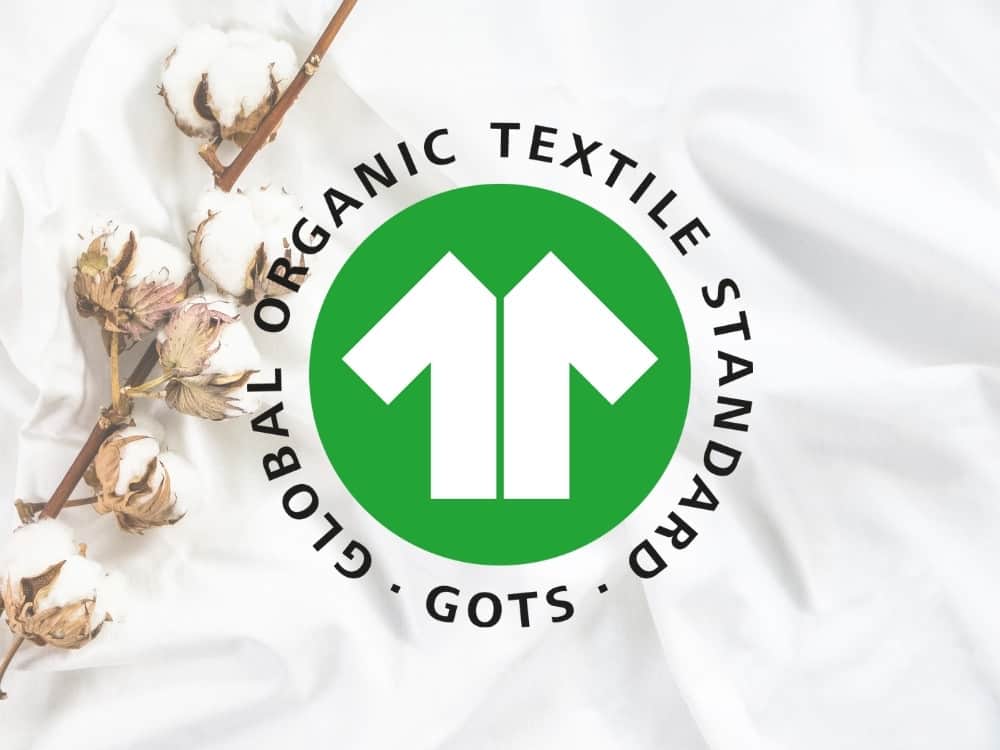
You might be wondering how OEKO-TEX® compares with other certifications.
A common question that comes up is how OEKO-TEX® Standard 100 (the one most people know about) compares with the Global Organic Textile Standard (GOTS).
OEKO-TEX vs GOTS—what’s the difference?
Both OEKO-TEX® STANDARD 100 and GOTS are internationally recognized textile standards.
GOTS Certification and standards are also concerned with the control of chemicals and tests for a number of hazardous substances.
But the similarities end there. Let’s have a look at the main differences.
Organic vs Non Organic
First, an OEKO-TEX® certification doesn’t mean organic. It’s used to certify all types of textiles and not just natural fibers that can be grown and processed organically.
GOTS, on the other hand, is the leading standard for certifying organic textiles (the clue’s in the name!).
OEKO-TEX® allows the use of GMO cotton, synthetic fertilizers, and some synthetic pesticides all of which are prohibited by GOTS.
It also allows synthetic sizing (a protective coating to yarn to make it easier to weave) such as PVA. GOTS only allows organic sizing which is often made from vegetable starch.
An OEKO-TEX® STANDARD 100 certification means that residues are within their limits, not absent.
For example, it allows 75ppm of formaldehyde for textiles in contact with the skin (e.g. bedding and clothing) and 300ppm of formaldehyde for other textiles.
GOTS does not permit any formaldehyde.
Natural vs Synthetic Fibers
GOTS certification is only concerned with organically grown and processed natural fibers like organic cotton and wool.
OEKO-TEX®, on the other hand, is very useful for synthetic fabrics and semi-synthetic fibers like rayon, modal, lyocell, and bamboo fabric—especially since these are the ones that often heavily involve chemical inputs to create.
Final Product vs Whole Supply Chain
The OEKO TEX® STANDARD 100 isn’t an eco label so there’s no environmental protocol.
It doesn’t say anything about the supply chain and an item’s journey from raw material to the final product. It also doesn’t cover ethical manufacturing and how worker’s in the supply chain are treated. It’s simply concerned with product safety.
GOTS is a more complete certification, covering health, the environment, and social criteria.
The newer MADE IN GREEN by OEKO-TEX® label is similar to GOTS in what it assesses, but GOTS is better known and seen as the gold standard for organic fibers.
Did you know we Have a Newsletter?
We cover the latest in sustainable living, fashion, zero waste, beauty, travel, finance and more…
Final Thoughts On OEKO-TEX Certification
Legitimate manufacturing certifications are a shortcut signal that products and brands are better. Read: healthy, safe, and have been produced in an environmentally and socially responsible manner.
For reassurance that your bedding or leather handbag is safe, chemical certification is super important and you can trust OEKO-TEX® STANDARD 100 to tick that box.
It can tell us those sustainable dyes really don’t contain hazardous chemicals and that your non toxic play mat is safe for your mini-me.
But the OEKO-TEX® 100 STANDARD doesn’t address sustainability issues in the supply chain so we need to look for additional third-party certifications related to environmental and social responsibility—like GOTS or MADE IN GREEN by OEKO-TEX®.
It should be viewed as a minimum requirement for non-organic clothing and textiles and it’s especially important for synthetic and semi-synthetic fibers.
Pin these:
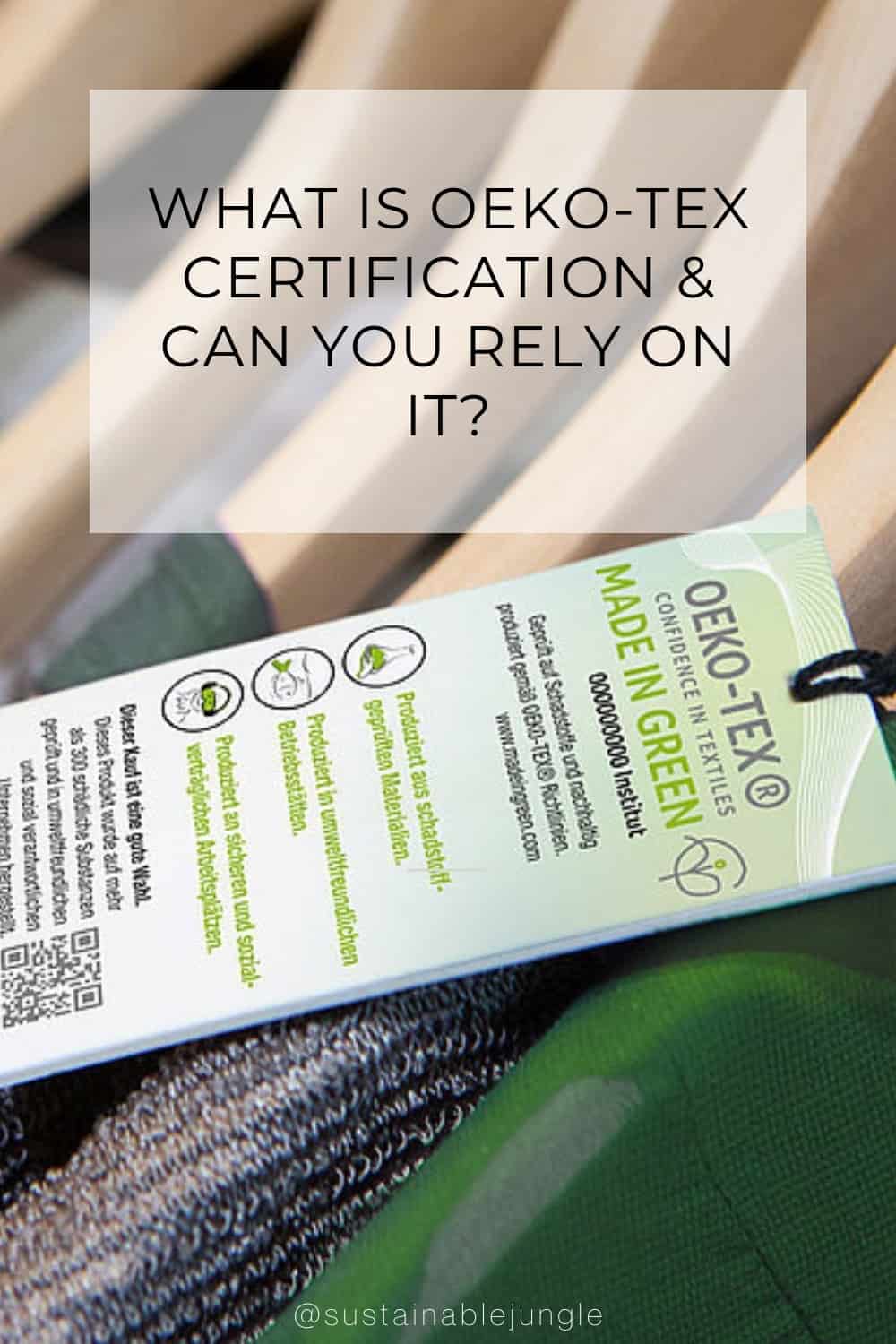
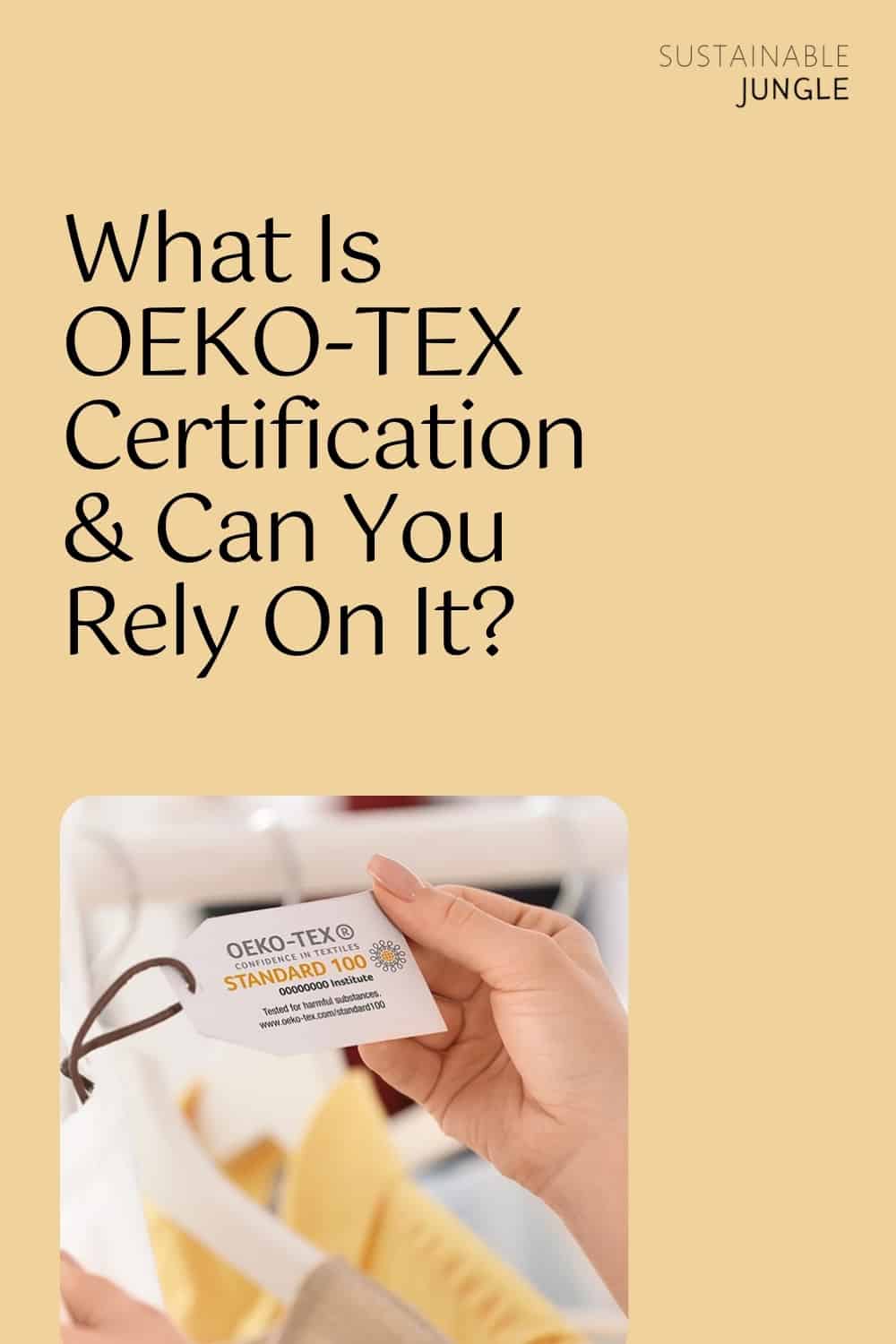

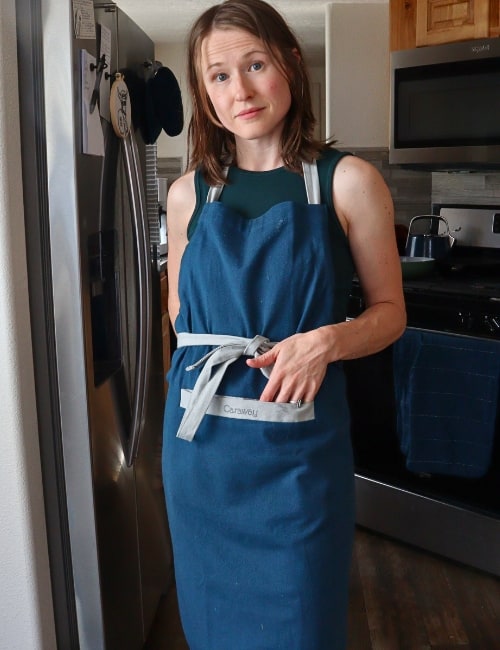
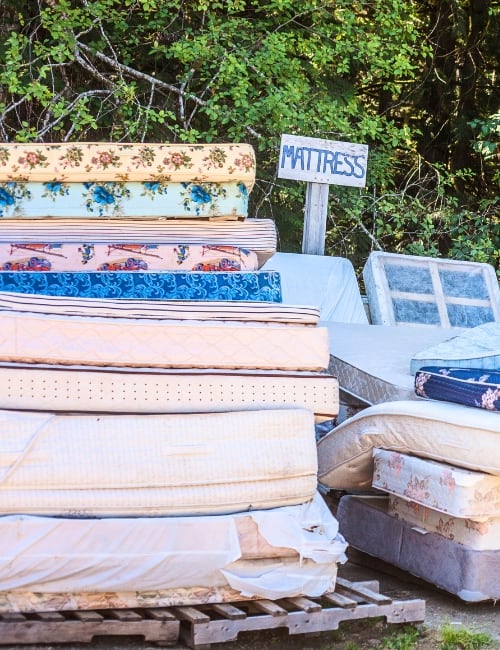
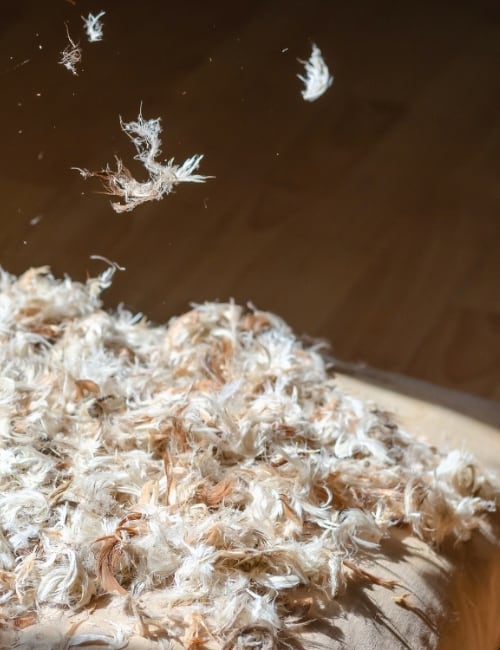
Theoretically can there be a GOTS certified organic cotton fabrics but uses toxic dyes? If you want the healthiest fabrics, do you need to find GOTS plus OEKO-TEX?
Hi Beth, GOTS says “GOTS prohibits all chemicals that don’t meet those rigorous conditions, including flame retardants, PFAS and toxic dyes.” – I guess in theory products could be shipped off to get dyed in another stage post certifying but I’d say it’s unlikely in most cases. Might be worth checking directly with the brand in question though.